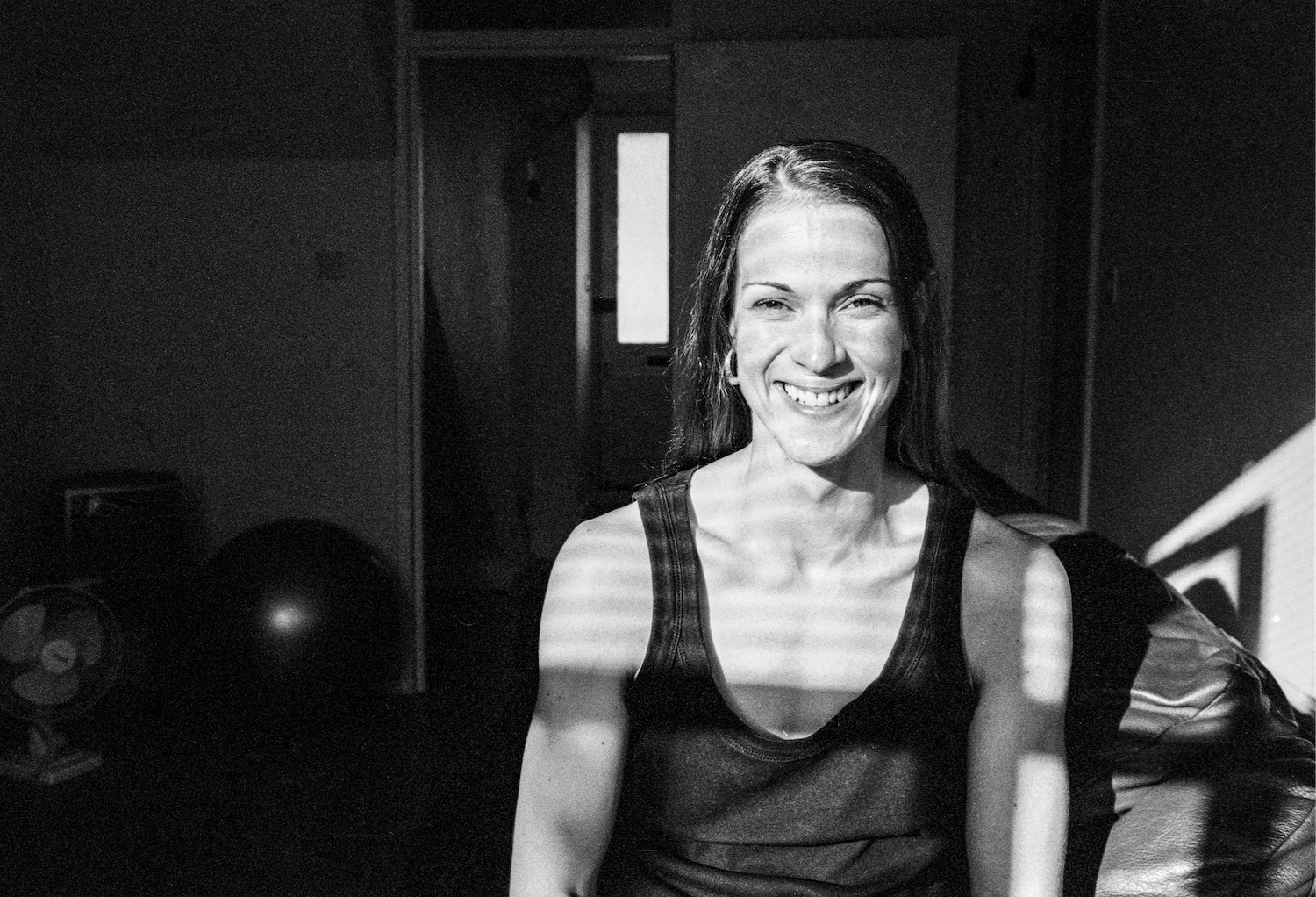PT and FitPro member Lucy Smith encourages fit pros to learn about Ehlers-Danlos syndromes (EDS) and to consider working with clients who have EDS.
The NHS defines Ehlers-Danlos syndromes (EDS) as “a group of rare inherited conditions that affect connective tissue. Connective tissues provide support in skin, tendons, ligaments, blood vessels, internal organs and bones.”
There are 13 types of EDS, four of which are the most common. I have the form of EDS known as hypermobility syndrome. I have a lot of joint hypermobility and skin hypermobility (really stretchy skin). The symptoms of EDS vary a lot from person to person and, at one end of the spectrum where you have vascular EDS, it can be life threatening.
I was diagnosed six years ago. In my 20s, I was a competitive bodybuilder for six years without knowing I had EDS. As a result, I was more susceptible to back injuries such as herniated discs. I had a relapse shortly after I came off stage one year. I was numb from my jaw down to my knees; I could use everything but I couldn’t feel anything. I was tested for a brain tumour but diagnosed with MS. After two years of good health, I got chronic vertigo, so I began to wonder if it was MS only. I sought out the best EDS hypermobility consultant I could find and was diagnosed in five minutes.
A hidden syndrome
EDS is a hidden syndrome, especially for someone like me, who has worked in the fitness industry for 25 years. It’s synonymous with slow healing – it can be difficult to recover from injury – and, as a result, I have no discs in part of my lumbar spine and my right hip is damaged.
It’s not just about joint injury, however. Many people have ‘leaky gut’, where the lining of the gut has been perforated, and digestive disorders. I have a benign cyst in my liver, which is related to my hypermobility. I also have problems with my gums and teeth.
Training an EDS client
I specialise in balance and vertigo training, which is important for MS and EDS. We do classic balance exercises, such as standing on one foot or walking and not looking at your feet, and build it up.
We also do vestibular therapy for vertigo, working with the principle that the faster you move your head and stop, the more difficult it is for your brain to recombobulate. The exercises are so varied and specialist but, as an example, put your hand at arm’s length and hold up your thumb, only look at your thumbnail and move your hand up and down quite fast while only looking at your thumbnail, and then suddenly stop. You get a split second while your brain catches up. On a very basic level, that’s vestibular therapy.
As well as vestibular therapy, Pilates works so much on inner stability. One thing you definitely should not be doing with a client with EDS is heavy weights. You would strain discs that are too delicate to take any form of overload. PTs working with clients with EDS need to be so particular with technique and need to help clients understand joint movement.
It’s also valuable to train in pre- and postnatal. Women with EDS who are pregnant and over the age of 25 will have a chronically rotated pelvis and will be more susceptible to thickening of the bladder, urinary tract infections and prolapse.
Useful resources for PTs
One resource to look at is the Beighton Score, which provides you with a benchmark to assess hypermobility.
The Ehlers-Danlos Society has some really useful information. For example, if you get an EDS client who is fine in their joints but has chronic IBS or chronic bowel conditions, you’ll want to refer them to a neuro gastroenterologist.
I would also recommend you speak to people who live with chronic conditions, so you can start to understand what it’s like to live with EDS. And, of course, get qualified. I get referrals from osteopaths and chiropractors because I’ve offered to assess them, so they can see I know about diagnosis and posture. If you’re good and there’s proof in the pudding, the referrals are there.
Working with a specialist population
It seems to me that many personal trainers are afraid of working with people with conditions. People are often scared of what they don’t understand and, as a result, training is often “one size fits all”. But it’s so rewarding working with this population. I’m making a really good living, I feel valued and I love it. I know that I genuinely help people and I empower people with knowledge. That’s what personal training should be about. Don’t be scared to specialise.
Most people with EDS never get diagnosed because they don’t put the pieces together. If, in your role as a fit pro, you can spot any of the signs, this could be really valuable to your client in terms of them finally getting a diagnosis.
Where to next? Find tips and advice when training obese clients
Author bio

Lucy Smith has worked as a personal trainer for over 20 years, following a career as a professional bodybuilder, and is based in London. She has Ehlers-Danlos syndrome and works with many clients who also have Ehlers-Danlos and multiple sclerosis. Lucy Smith can be contacted at ironlucylou@hotmail.com







